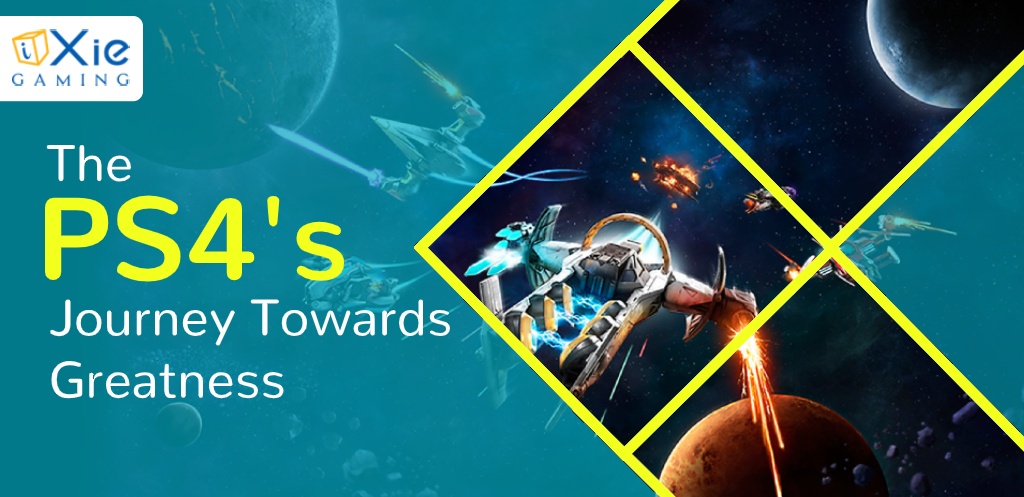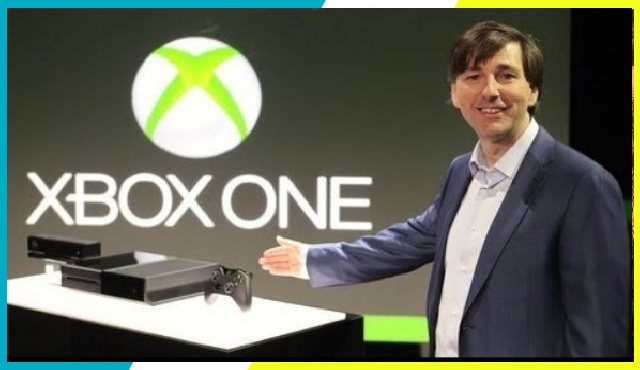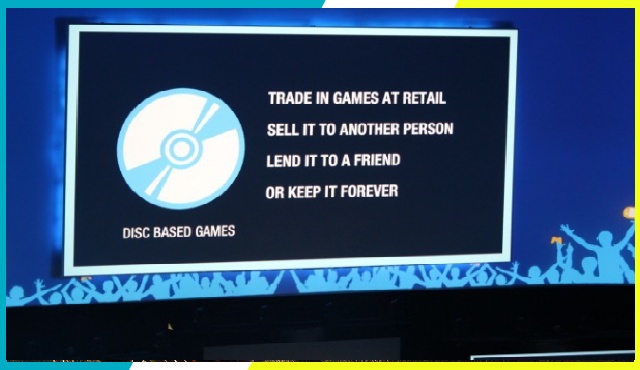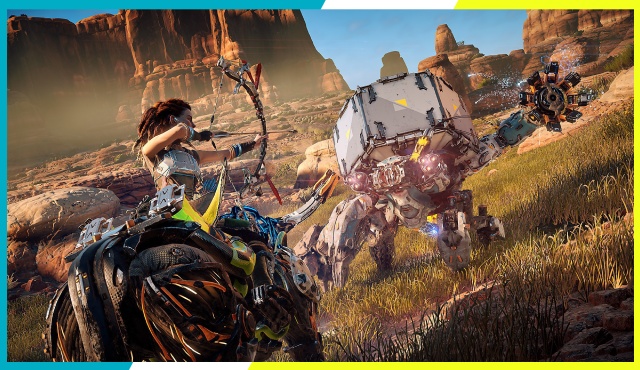- September 23, 2019
- Posted by: Ishaq Ali
- Category: Tech Corner

Sony’s PlayStation 4 recently reached an important milestone of having sold 100 million units. And, this was achieved in great fashion as PS4 was also the fastest to reach a 100 million taking five years and five months to get there, second only to its legendary cousin, the PS2, who reached the same milestone in five years and seven months. This also makes the PS4 only the third console in history to have sold such large numbers. However, this dream run for the PS4 did not seem possible when it was still in development. And from where it stands, it must have taken nothing short of a miracle to achieve the success it has today. And that miracle was personified by Sony’s shift in mentality and focus, learning from all the mistakes they had made with the PS3. Let’s take look at the PS4’s journey to success and how this will hopefully transition on to Sony’s next console.

Contents
Lessons from The PS3’s Rocky Start
Way back in 2006, Sony released the PlayStation 3 following the massive success of the PlayStation 2. But, in pursuit of making the PS3 a competent powerful machine, Sony made a few questionable choices to make their new system stand out from the crowd. Case in point the overly complicated system architecture and the infamous ‘Cell processor’. This made the PS3 a nightmare of a platform to develop for and the resulting inferior looking multiplatform games did not help the PS3 in its initial days. The PS3 was off to a rocky start and it seemed like Sony was losing the ‘Console wars’ and another console from Sony seemed out of the question. It was about at this point that Sony began work on the PS4.

In an interview with Digital Trends, Mark Cerny, the chief architect of the PS4 said that it was a six-year process to build the PS4. The first two of which were pretty much figuring out what the next console needs to be. And given the PS3’s tumultuous start, Cerny had a good idea of what he wanted from the PS4. He said that in 2008 and 2009 the team had visited around 30 development studios to know what they wanted from the console and how things can be made easy. It was this developer-focused approach that would pay great dividends later on in the PS4’s life cycle.

The Paradigm Shift
They say “Luck” is what happens when preparation meets opportunity. While Sony had been preparing for 6 years, the opportunity was handed to Sony, on a silver platter no less, by none other than their rival Microsoft. Sony unveiled the PS4 back in February 2013, showing off its x86 system architecture, and giving loads of other information. But not a lot in terms of the smaller but important stuff like used game policies and price were discussed. This was reserved for E3 that year. Microsoft took its turn to unveil the Xbox One in May that year. The event focused more on Xbox One’s every other capability and very less on games. This combined with questionable DRM policies meant that the event was a disaster.

But Microsoft had a shot at fixing the damage at E3 which was just a few weeks away. Then at E3, Xbox went first and to be fair, had a good showing of games. But, failure to address any of the concerns and uproar that stemmed from the reveal, combined with a mandatory Kinect attachment and a price of $499 left a sour taste in people’s mouth. Some of the top executives’ comments on this matter, later that day, did not help them either.

Needless to say, Sony had a field day in E3 2013. Much of the show comprised of Sony showing off upcoming console games and showing the console itself. Then came the Xbox bashing, highlighting that Sony’s new console does not have any of the DRM policies that Xbox One has, complete with a quirky on-the-nose tutorial on how to share used games. This was it. The PS4 was going to be more powerful than the Xbox One (at least at the time), It was cheaper, made life easy, and promised a lot of support for indie games. Anyone ready to invest in a next-gen console was more inclined towards the PS4. It was safe to say that Jack Tretton’s mic drop in the Game Trailers interview following the show was totally earned.
Games, More Games and Exclusive Games
To this day, Sony enjoys a 2:1 sales ratio over Xbox One with the PS4. While much can be attributed to the boost they got initially, it was the way Sony capitalized on the momentum that kept them going. While Sony learnt from the mistakes made with the PS3, they also knew what redeemed the older console as well. Their first- and second-party exclusive games.

This was a strategy that did not need changing. And in catering to that strategy Sony’s Worldwide studios delivered a glorious generation of games that upped the ante for console gaming (And one of the best E3 shows in the history of the event with their 2016 E3 presentation). And this was delivered with great consistency year on year. While Microsoft managed to contain most of the damage and the Xbox brand caught its stride thanks to fantastic services like the Xbox Game Pass, Sony’s line up of exclusive games helped the PS4 best it’s rival constantly. And in doing so became one of the best-selling consoles ever.

The Future
The PS4 may have been a dream run for Sony, but the future poses new and interesting challenges. Microsoft has pretty much embraced Sony’s strategy for exclusive games and has been feverishly expanding its suite of studios. Head of Xbox, Phil Spencer, seems to be going all-in with the brands next console, doubling down on its Game Pass service by unifying it with PC and Xbox Live. This could be a problem for Sony if they do not counter them with something similar or something different that offers this sort of value to the consumer. Then there is the cloud gaming platform. Google seems to be diving headfirst with Stadia and rumours of Amazon joining the fray has been boiling up for some time now. What would all of this mean to Sony and how would they tackle these challenges to stay on top. It would be very interesting to see.
